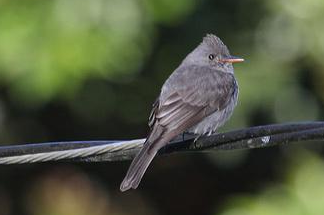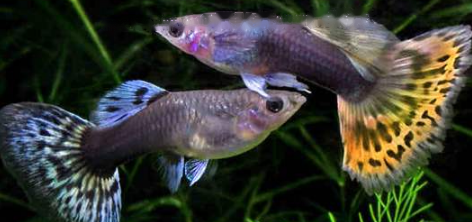The red-tailed shrike is only slightly larger than a sparrow, but has a very fierce personality. When hunting for food, they will hide at the top of a small tree or wait quietly on the wire. Once a prey appears, they will immediately rush up like a tiger, so they are also called Tiger Shrike and Huahu Shrike. .
However, contrary to the fierce character, the red-tailed shrike's call is very pleasant. During the breeding period, they often stand on the top of the small tree and sing loudly, and they feel like a bel canto musician. , the sound is rough, loud, passionate and powerful.
Seeing this, I believe everyone is interested in this peculiar red-tailed shrike, right? Below, I will explain it in detail.
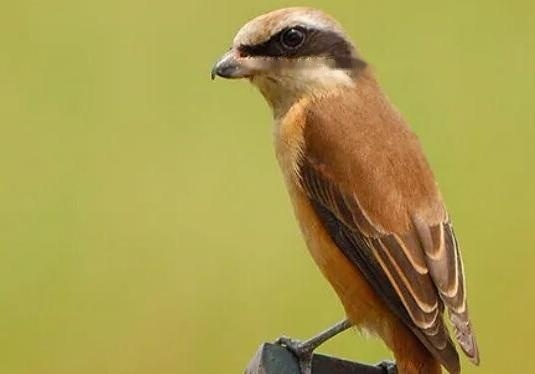
1. Morphological characteristics
1. Body size: body length 170~208mm, weight 23~44g.
2. Head: The iris is dark brown, the mouth is black, and the chin, throat and cheeks are white. There is a black wide-band eye pattern on the side of the head, starting from the base of the mouth, passing through the eye area to the back of the ear, like the eye patch worn by a superhero, which looks majestic and imposing; there is a white eyebrow pattern on the top of the eye patch, and the female bird's eye patch is not as good as the male's. Birds are obvious.
3. Body: The upper back and shoulders are dark taupe, and the lower back and waist are tan. The upper tail coverts are brownish red, and the tail feathers are tan with faintly visible dark brown horizontal spots. The two wings are dark brown, the inner coverts are dark gray-brown, the outer coverts are dark brown, the middle, large and inner flight feathers have brown-white feather edges and apex, and the feet are lead-gray.
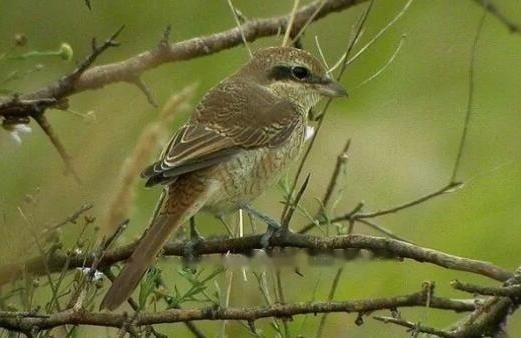
2. Living habits
1. Activities: Red-tailed shrikes are generally active alone or in pairs, plus they have a lively personality, so they like to jump on the branches or fly. Down.
2. Food: Red-tailed shrike mainly feeds on insects and other animal foods, such as Orthoptera, Acrididae, Coleoptera, Carabidae, Clickeridae, Scarabidae, Ladybugs Family, Hemiptera, etc., occasionally eat a small amount of grass.
III. Distribution range
1. Domestic: Heilongjiang, Jilin, Liaoning, Inner Mongolia, Gansu, Ningxia, Qinghai, Shaanxi, Hebei, Henan, Shandong , Sichuan, Jiangsu, Zhejiang, Anhui, Hubei, Hunan, Jiangxi, Fujian, Guangdong, Guangxi, Yunnan, Guizhou, Hainan and Taiwan.
2. Abroad: Bangladesh, Brunei Darussalam, Cambodia, India, Indonesia, Lao People's Democratic Republic, Malaysia, Myanmar, Nepal, Philippines, Singapore, Sri Lanka, Thailand, Vietnam, Bhutan , Christmas Island, Denmark, Maldives, Palau, United Kingdom, United Arab Emirates, etc.
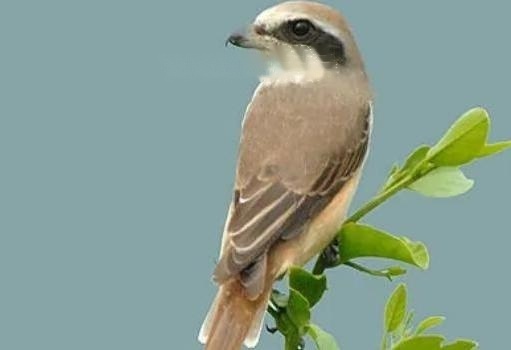
4. Breeding
The breeding season of red-tailed shrike is generally from May to July, with one litter per year, one egg per day, and 5 to 8 eggs per litter. The birds incubate the eggs, and the males watch and feed the chicks.
V. Protection level
Red-tailed shrike has been included in the World Conservation Union Red List of Threatened Species (IUCN) 2016 ver 3.1— - Least Concern (LC), and the List of Terrestrial Wild Animals Protected by the State that are Beneficial or Have Important Economic and Scientific Research Values issued by the State Forestry Administration of China on August 1, 2000.
Okay, the above is the editor's introduction to the red-tailed shrike, I believe everyone has a good understanding of it after reading it~
![[Original] Sharing of popular science knowledge of ringed map turtles](/static/img/11249/11249_1.jpg)




